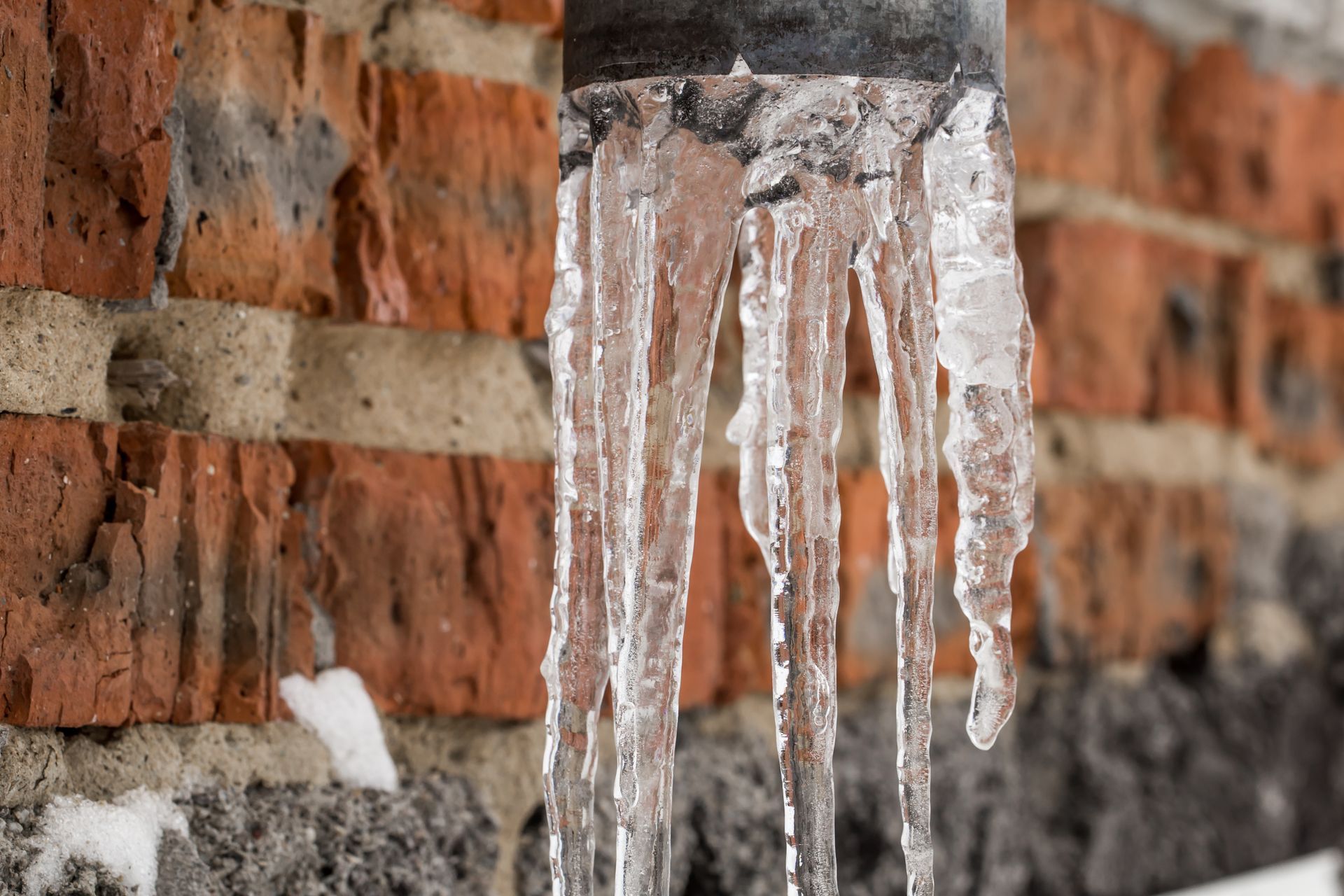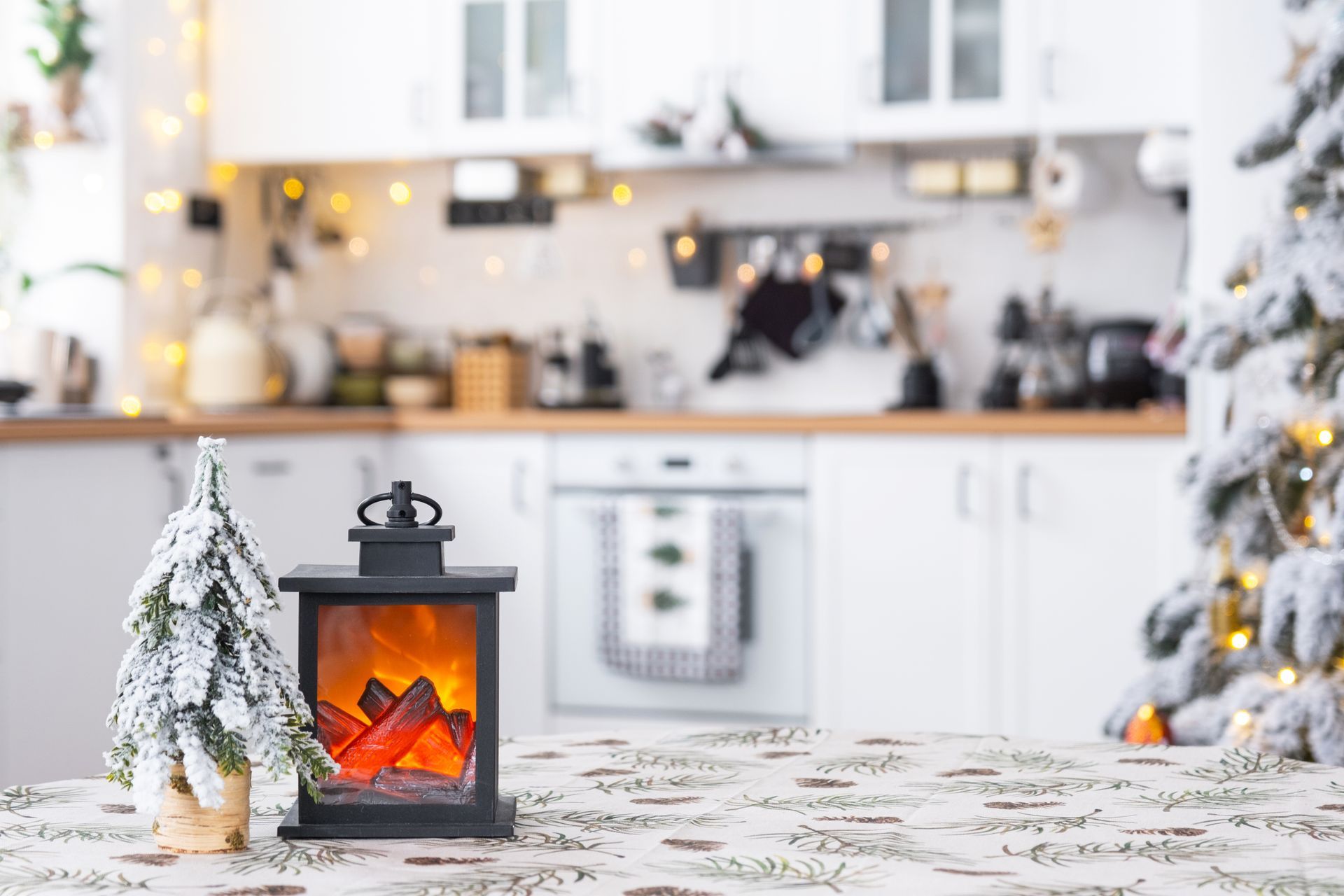
When the temperature starts to dip, water pipes in your home can freeze — and once they do, the damage can be costly. A frozen pipe can lead to cracks, bursts, water damage, and a major headache. But the good news is you can prevent a lot of that risk by acting before the frost arrives.
At Paul Davis, we believe in proactive care. Here are essential tips to protect your plumbing, save you money, and keep your home safe as autumn turns to winter.
Why Pipes Freeze
Pipes that are exposed, uninsulated, or in cold and unheated areas are especially vulnerable. Think of basements, garages, crawl spaces, exterior walls, attics, and under sinks in outside-facing cabinets. Cold air seeps in, temperatures drop, water freezes — expanding inside the pipe — which can crack or burst it.
Preventive Measures to Take Now
- Insulate exposed pipes
Use foam sleeves, fiberglass wraps, or heat tape on pipes in unheated or exterior areas. This helps slow heat loss and protects pipes from freezing. - Seal gaps and drafts
Cold air entering through cracks around foundation, windows, doors, or where pipes enter the home can chill pipes. Caulk or weather-strip where needed to block cold exposure. - Disconnect & drain outdoor water lines
Remove hoses, shut off or cap outdoor faucets, and ensure irrigation or sprinkler systems are fully drained. - Maintain indoor heat
Even if you're away, keeping your thermostat at a moderate temperature can prevent a freeze. Also, when very cold, leave interior cabinet doors open to let warm air circulate around sinks and pipes inside those cabinets. - Let faucets drip
When extreme cold is expected, letting one or more faucets drip slightly keeps water moving. Moving water resists freezing more than still water. A trickle can make a big difference. - Locate your main water shut-off valve
In case a pipe does burst, knowing where and how to shut off your home’s main water supply limits damage. Better to act quickly than wait for flooding.
What to Do If a Pipe Freezes
- Don’t panic. Open the faucet that the frozen pipe feeds. This releases pressure and allows water to begin flowing as it thaws.
- Gently warm the frozen section with a hairdryer or electric heat pad — always from the end toward the frozen portion. Do not use open flames.
- Once water flows, check carefully for leaks or damage. Even a small crack can become problematic.
- Call a professional if the pipe is hard to reach, if thawing does not restore flow, or if there are signs of damage. Let experts handle the risky parts.
Frozen pipes are avoidable with early action. As the first frost looms, make your winter prep checklist now:
- Inspect and insulate vulnerable pipes
- Seal all air leaks where cold air might reach plumbing
- Shut off and drain outdoor lines
- Keep homes warm and let faucets drip during cold nights
At Paul Davis, we’ve assisted many homeowners recover from pipe bursts and winter water damage — we know what it takes to mend broken trust as well as broken pipes. If you ever need help, from inspection to emergency restoration, we’re here 24/7.
Our Emergency Response Promise
Paul Davis franchisees across Canada are ready to respond to your property damage, 24/7.
We'll contact you within 30 minutes of your call
We’re onsite within hours
We document your process thoroughly
We serve you with empathy and concern for your situation



